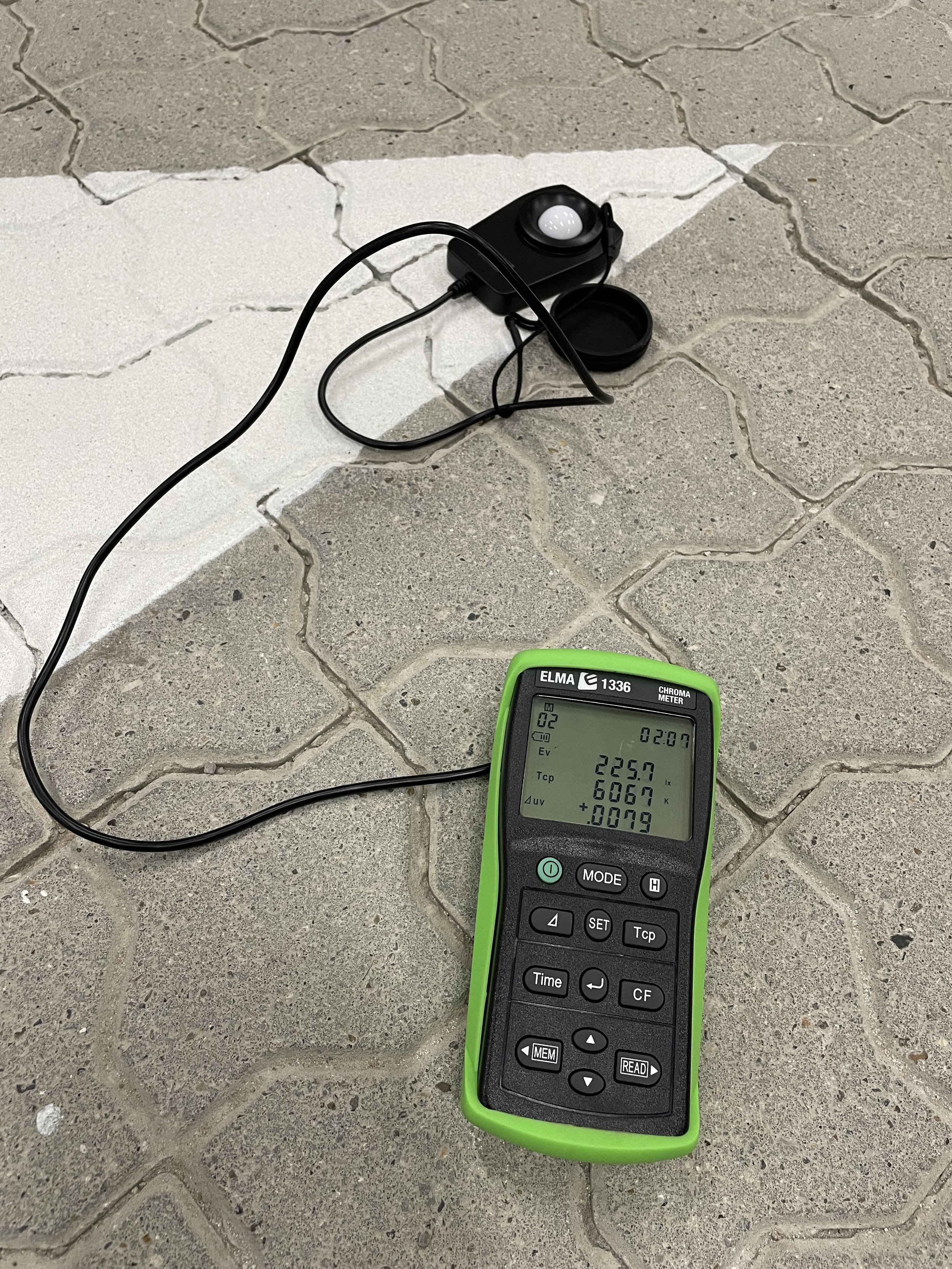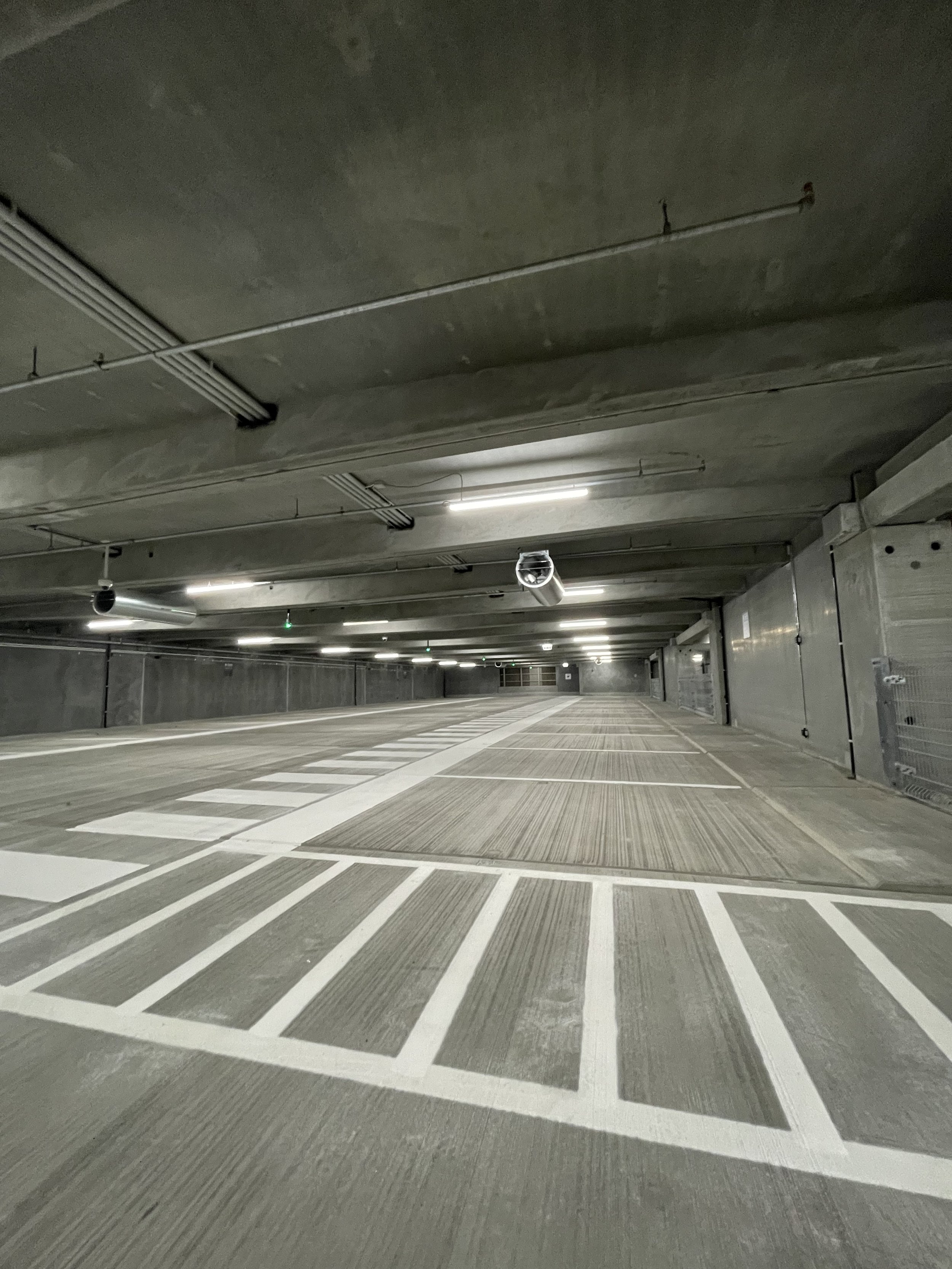EN Standards
In the world of lighting design, adherence to standards and careful calculations play a crucial role in ensuring that spaces are not only well-lit, but also promote health and comfort. European standards (EN standards) serve as benchmarks for lighting design, regulating various aspects from safety to energy efficiency. Together with precise lighting calculations, they are the cornerstone for creating environments where people thrive. Let's dive into why these standards are essential and how they help promote wellbeing and productivity.
Understanding EN standards
EN standards are a set of technical specifications established by the European Committee for Standardization (CEN) to ensure consistency, safety and performance across different products and industries. In the lighting context, EN standards cover a wide range of parameters, including lighting levels, color rendering, glare control and energy efficiency. Compliance with these standards is not only encouraged, but often mandatory for lighting manufacturers and designers operating within the European Union (EU) and other regions that adopt similar regulations. Designers have a responsibility to prioritize occupant well-being when conceptualizing and executing lighting solutions. Following EN standards is crucial for several reasons:
EN standards provide a common framework that ensures consistency and quality in lighting design. By adhering to these standards, designers can create lighting solutions that meet minimum performance requirements and deliver reliable results.
Compliance with EN standards helps mitigate potential risks associated with poor lighting design, such as discomfort caused by glare, insufficient visibility and even safety hazards. By following established guidelines, designers can minimize these risks and create a safer environment.
These standards promote interoperability by establishing compatibility requirements for lighting products and other systems, such as lighting control tools. This ensures that different components work seamlessly together, allowing for greater flexibility and integration in complex lighting installations.
Improving health and comfort
While EN standards provide general guidelines, lighting calculations offer a more detailed approach to optimizing lighting levels and minimizing potential drawbacks such as glare. Specialized lighting software, such as Dialux or Relux, allows designers to perform precise lighting calculations and simulations. These software solutions use advanced algorithms to analyse factors such as light distribution, intensity and uniformity, allowing designers to visualize and optimize lighting designs with unparalleled accuracy. By leveraging lighting software, designers can optimize the design process, minimize errors and fine-tune lighting solutions to meet specific requirements and objectives. Key aspects of lighting design include:
Optimizing lighting levels: Lighting calculations help determine the appropriate lighting levels for different tasks and environments, taking into account factors such as activity type, reflection of main surfaces and the visual requirements of the space. By achieving the right balance, designers can improve visual comfort and productivity while minimizing energy consumption.
Minimizing Glare: Glare, caused by excessive contrast between light and dark areas, can lead to discomfort and visual fatigue. Lighting calculations allow designers to assess glare potential and implement measures such as proper luminaire placement, shielding and diffusion to reduce its effects and create a more pleasant visual environment.
Improving Productivity: Well-designed lighting, in accordance with EN standards, has been proven to improve productivity and performance in workplaces. By providing adequate illumination and minimizing visual discomfort, lighting control promotes an optimal setting for tasks that require concentration and focus.
Improving Mood and Wellbeing: Lighting has a profound impact on human physiology and psychology, affecting mood, alertness and overall wellbeing. By adhering to standards that prioritize factors such as color temperature and spectral distribution, designers can create lighting solutions that promote a positive mood and support people's circadian rhythms.
Addressing Energy Efficiency: Energy efficiency is an important consideration in modern lighting design, driven by both environmental concerns and economic incentives. EN standards impose criteria for energy-efficient lighting solutions and encourage the adoption of technologies such as LED luminaires and lighting controls that reduce energy consumption without compromising performance.
Conclusion
Compliance with EN standards ensures the safety, reliability and performance of lighting installations, while specialized software enables precise calculations and simulations, leading to optimal lighting solutions. By embracing EN standards and utilizing cutting-edge technology, designers can create environments that not only illuminate, but also inspire, promote wellbeing and enhance the human experience. As the design industry continues to evolve, adhering to standards and utilizing innovative tools will remain essential to ensure lighting design continues to enlighten and elevate spaces for generations to come.
How can we help you?
At Lumega, we focus on the quality of light and life, and we can offer design according to EN standards. Our two professional lighting designers can plan everything from outdoor lighting projects to large comprehensive indoor lighting installations.


